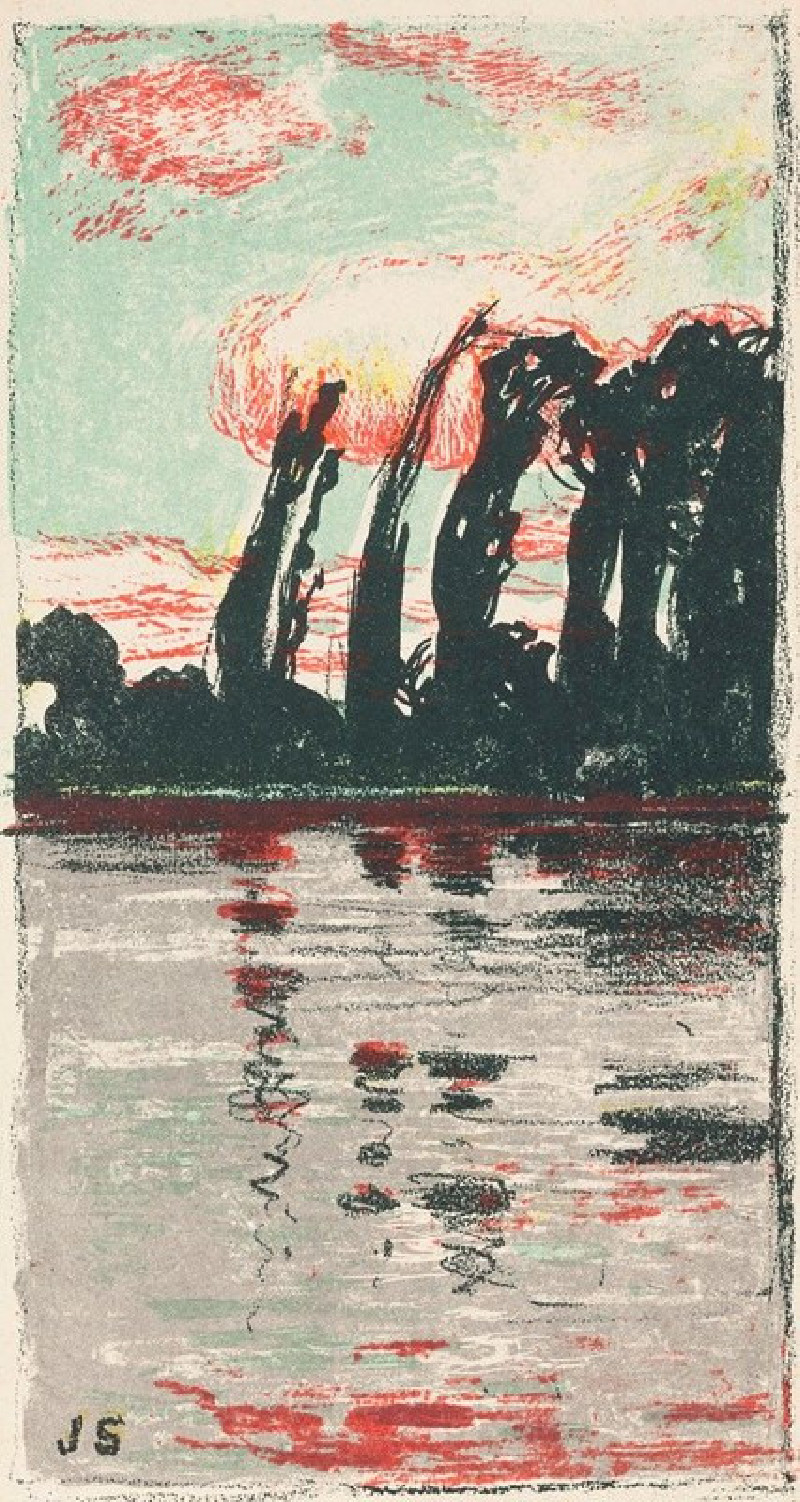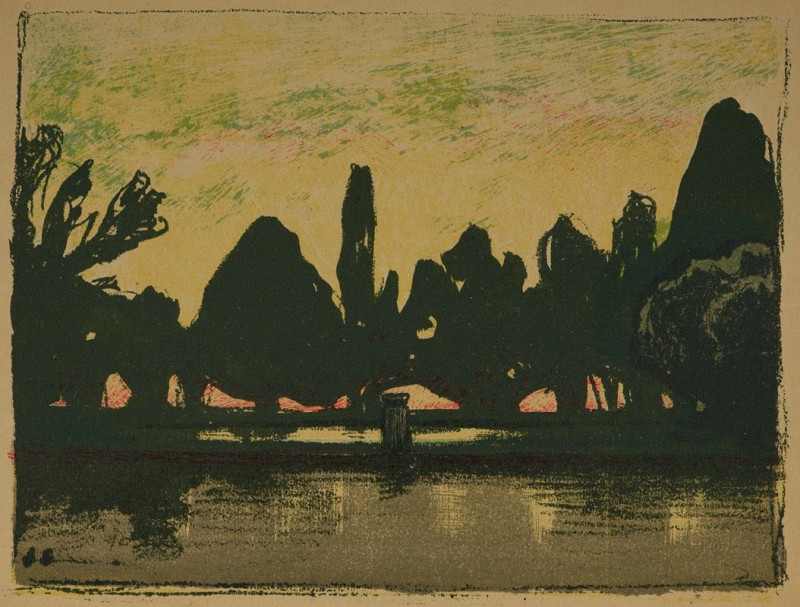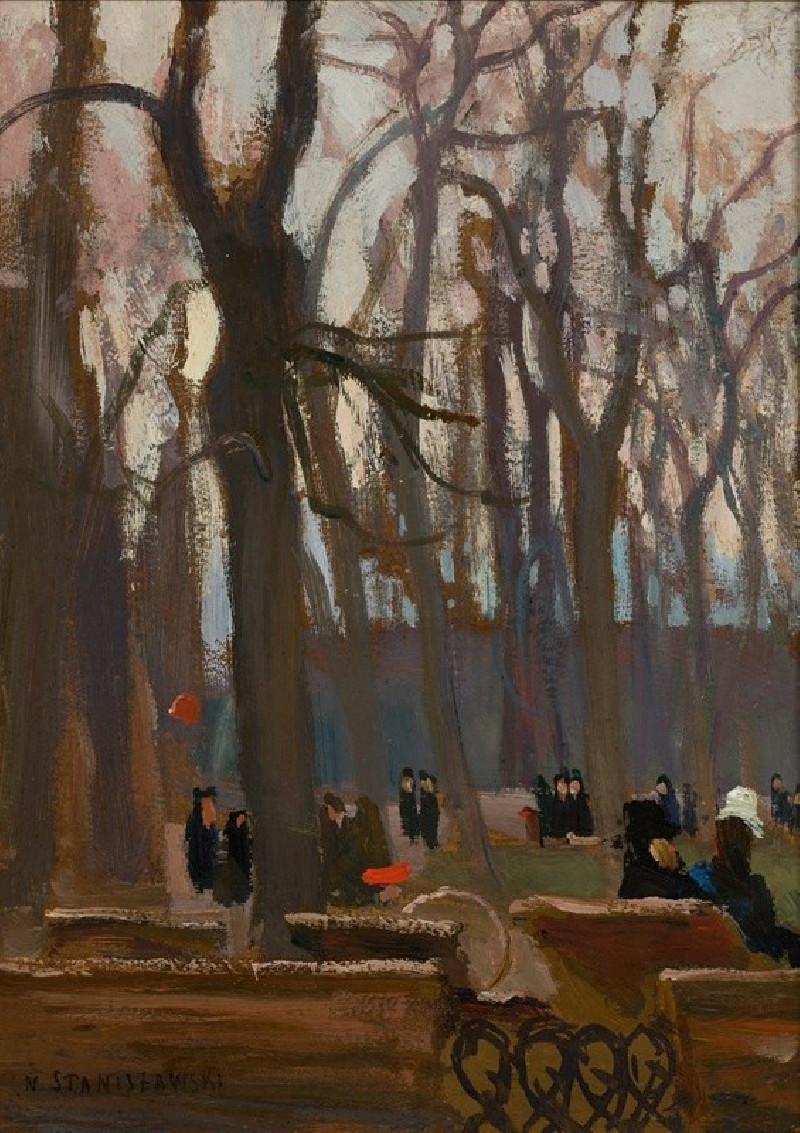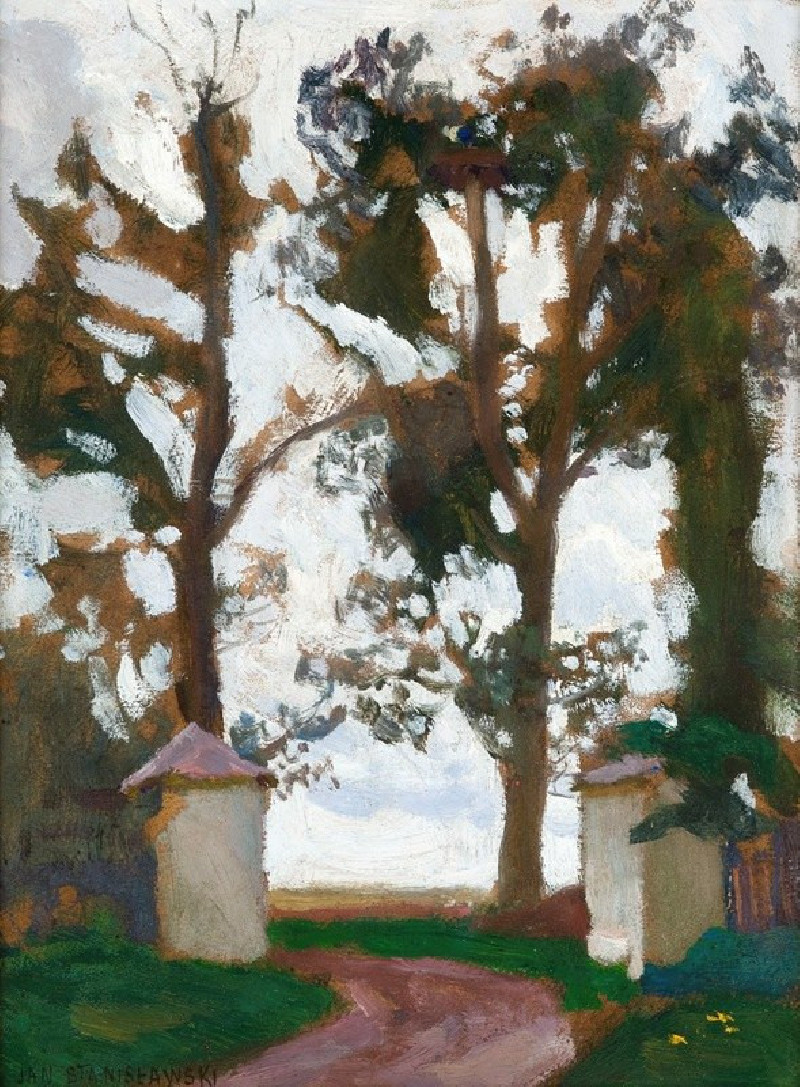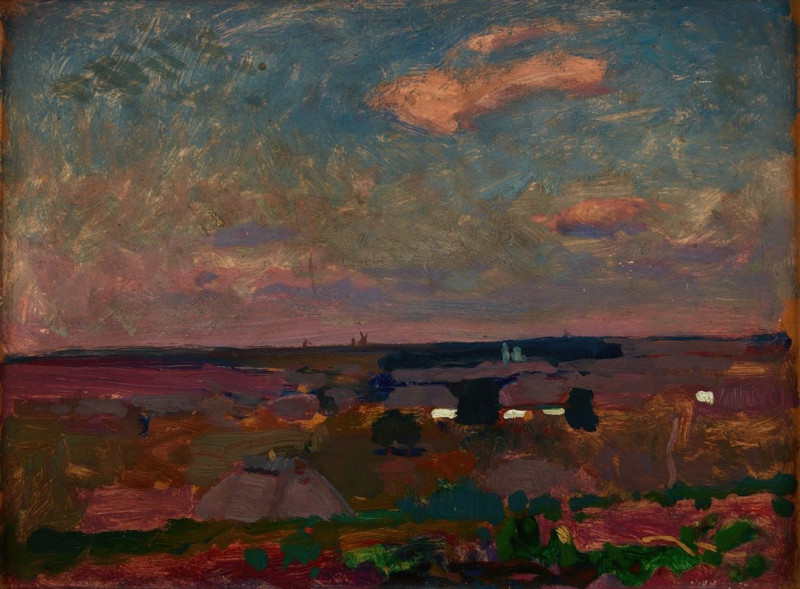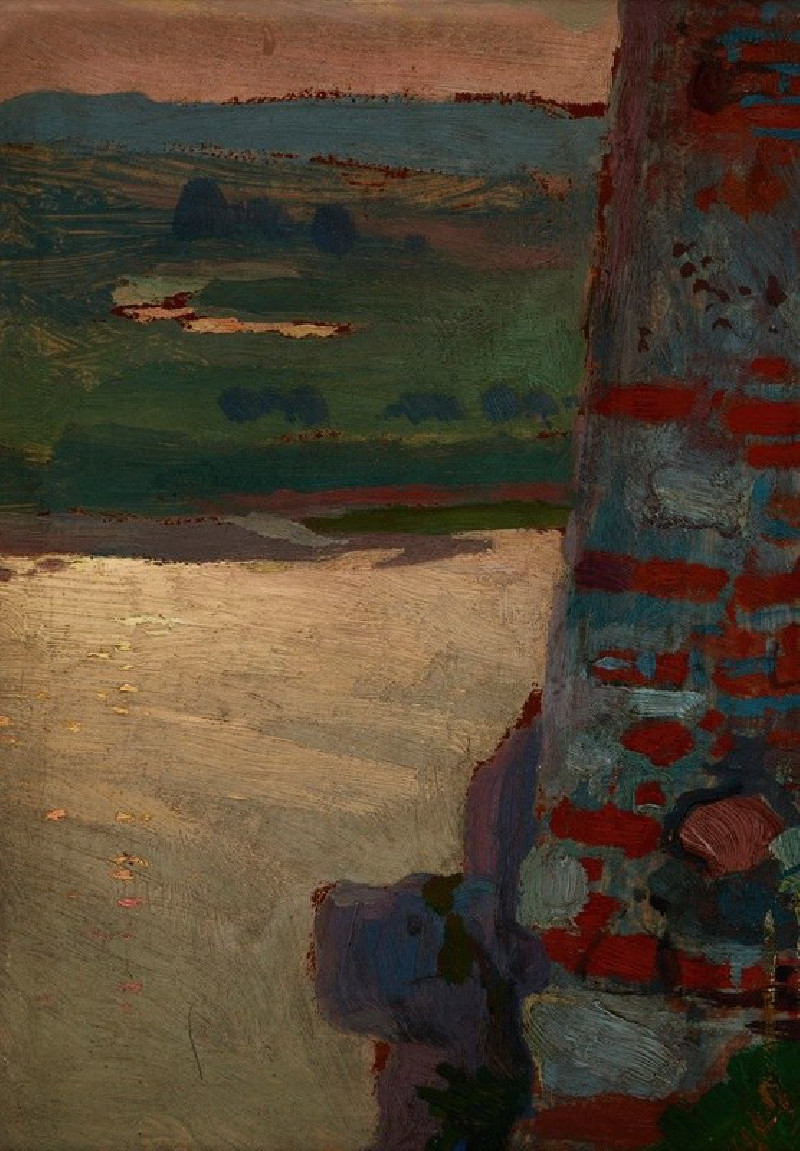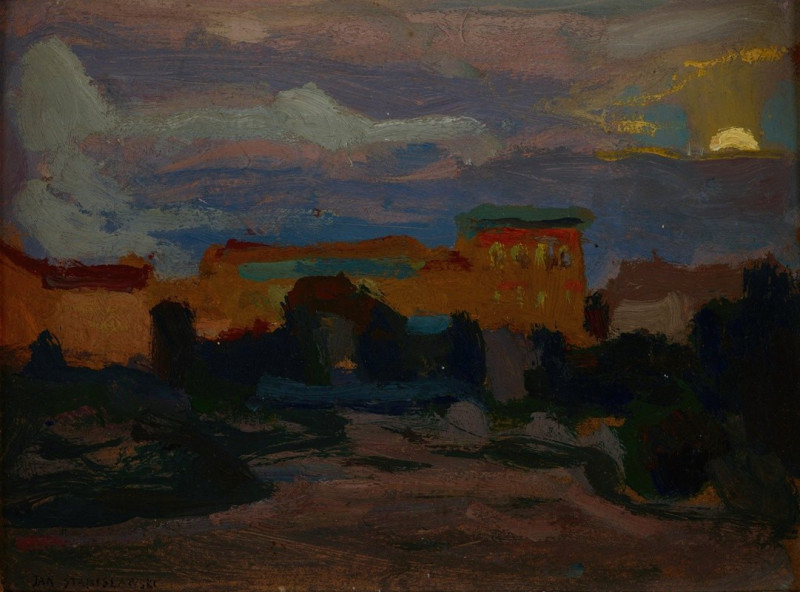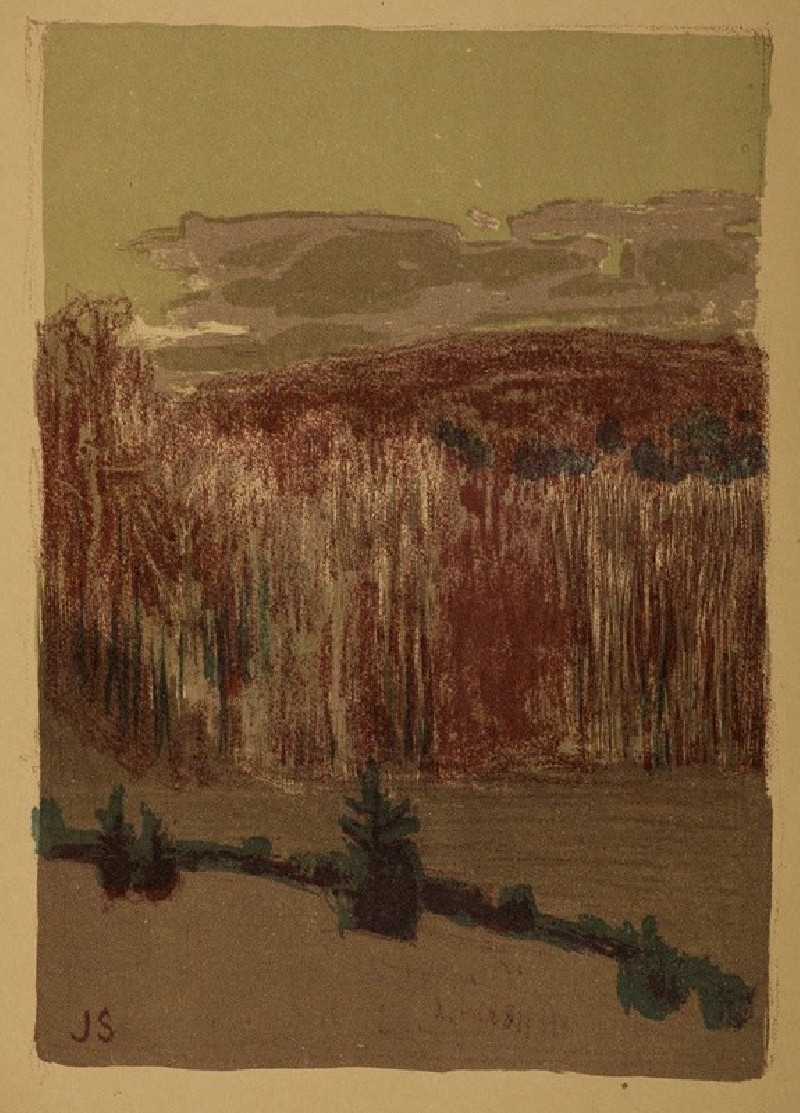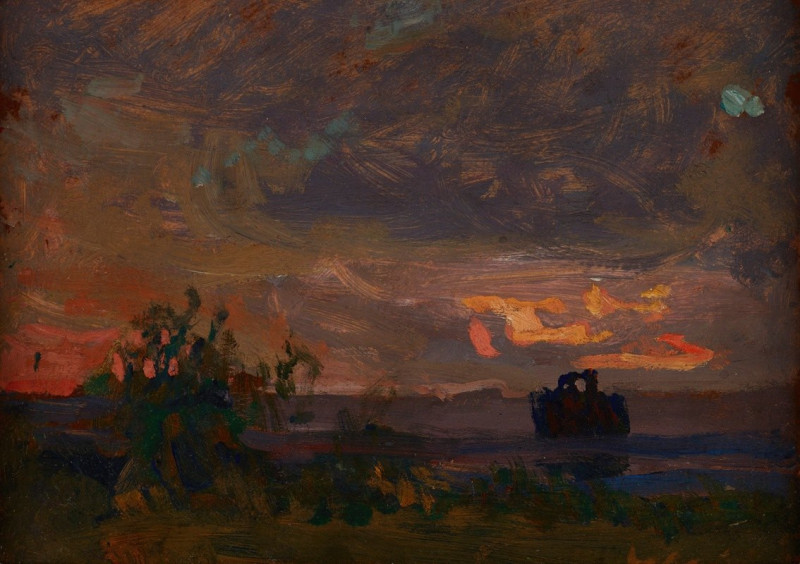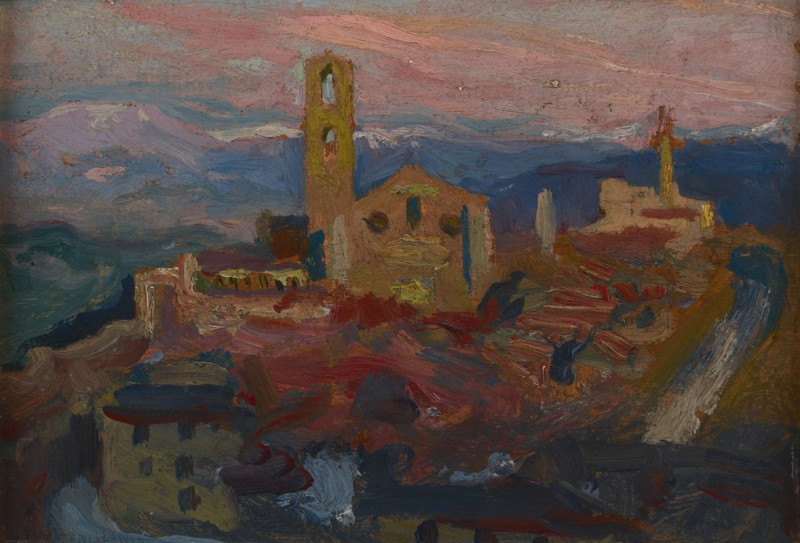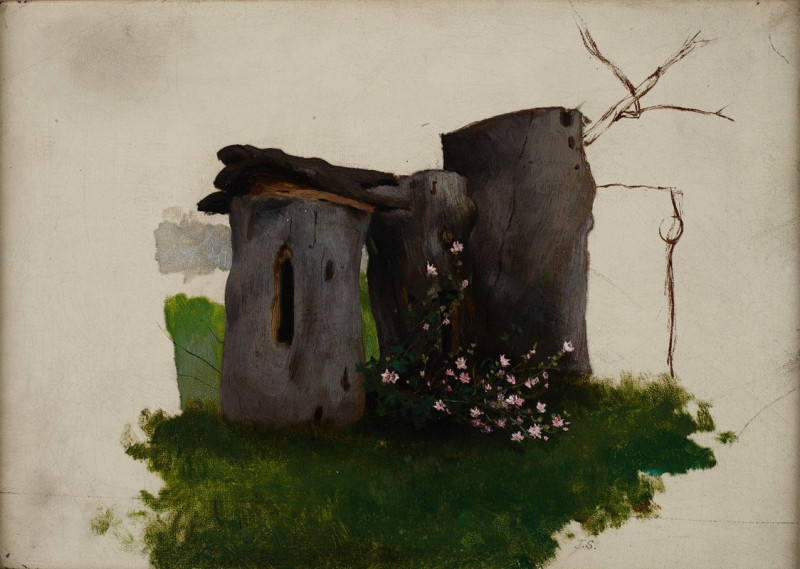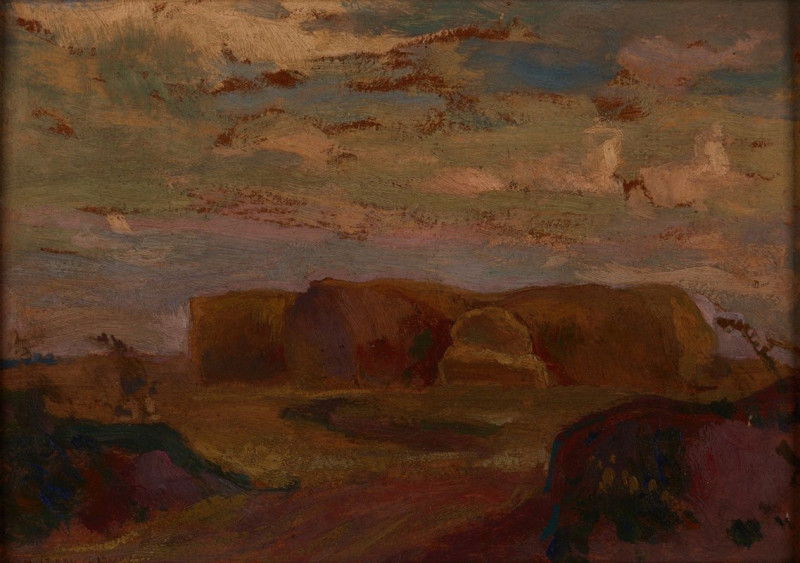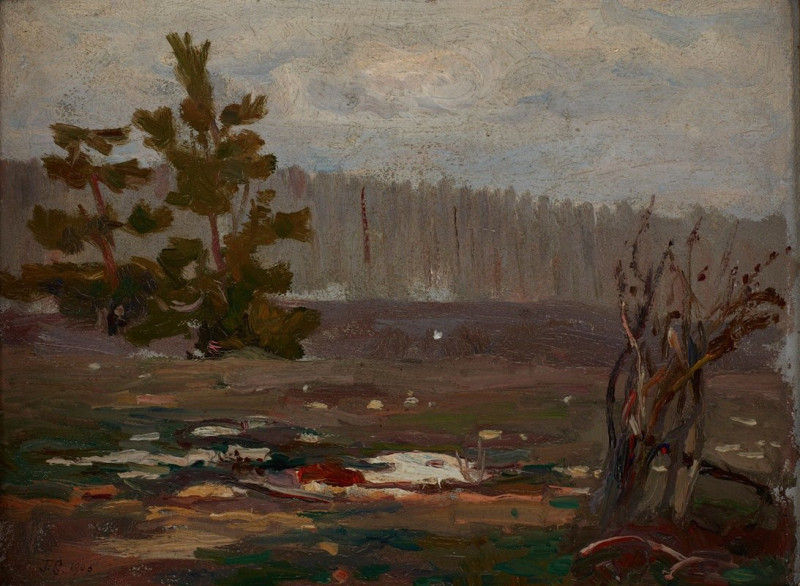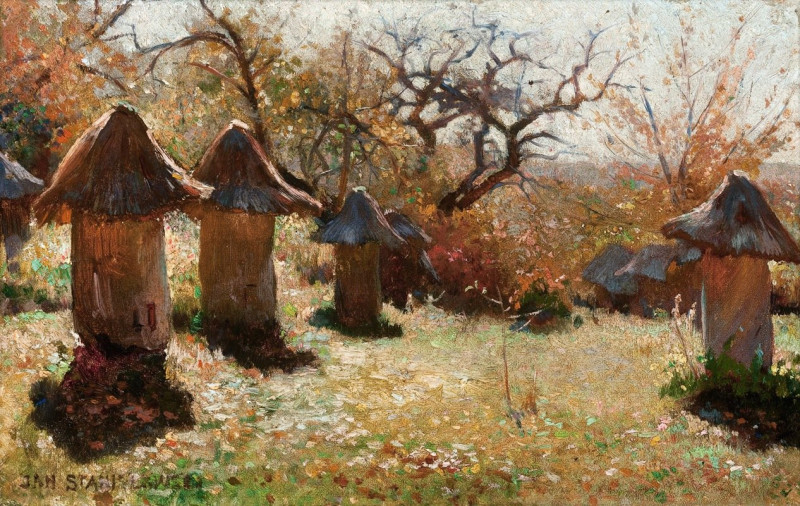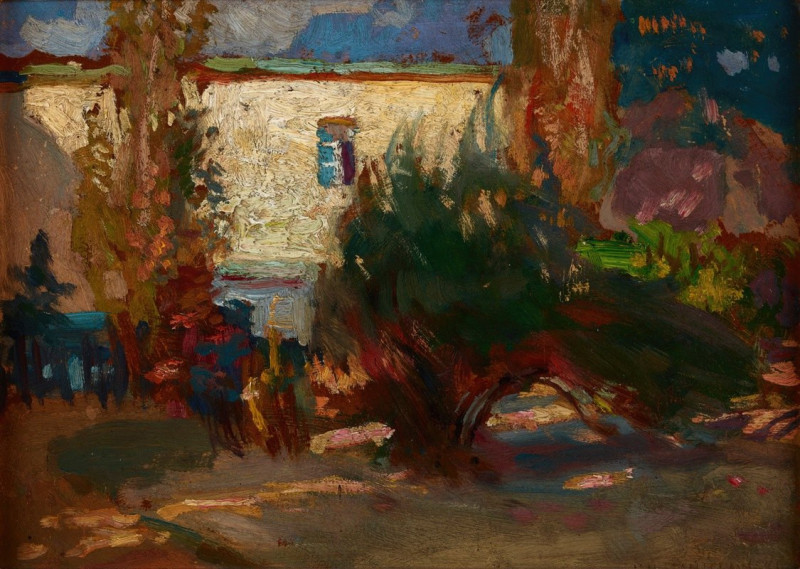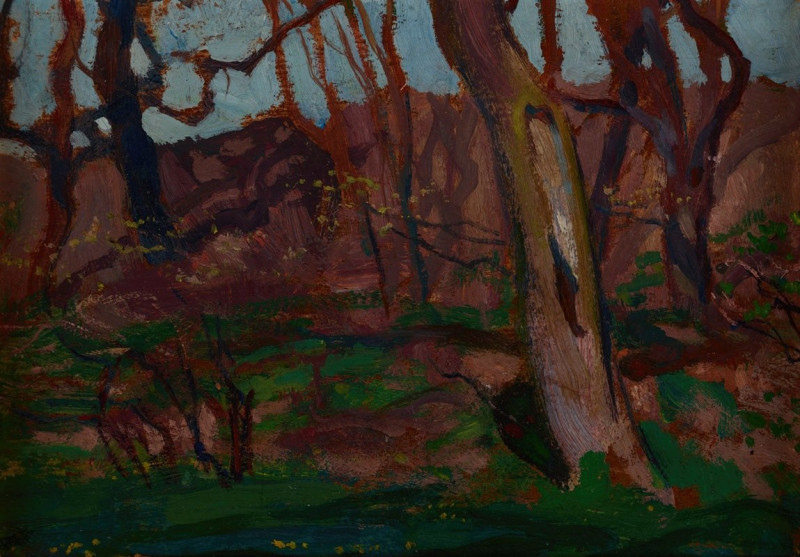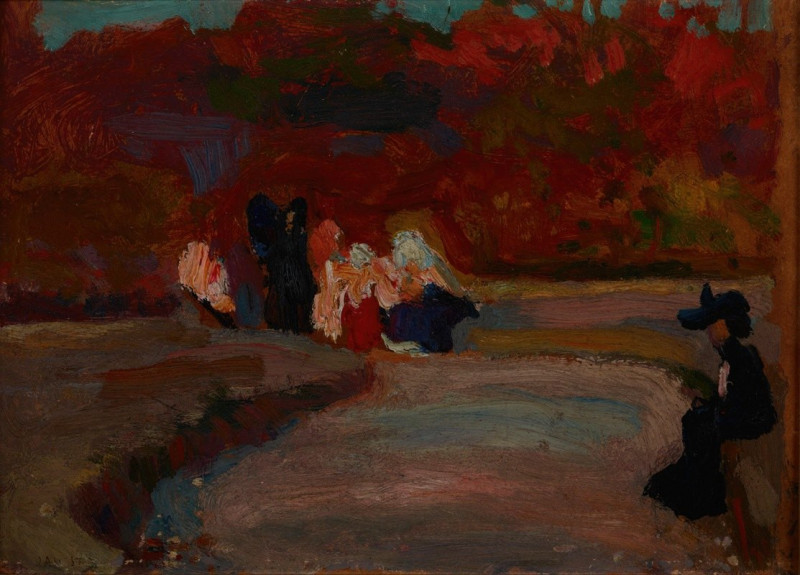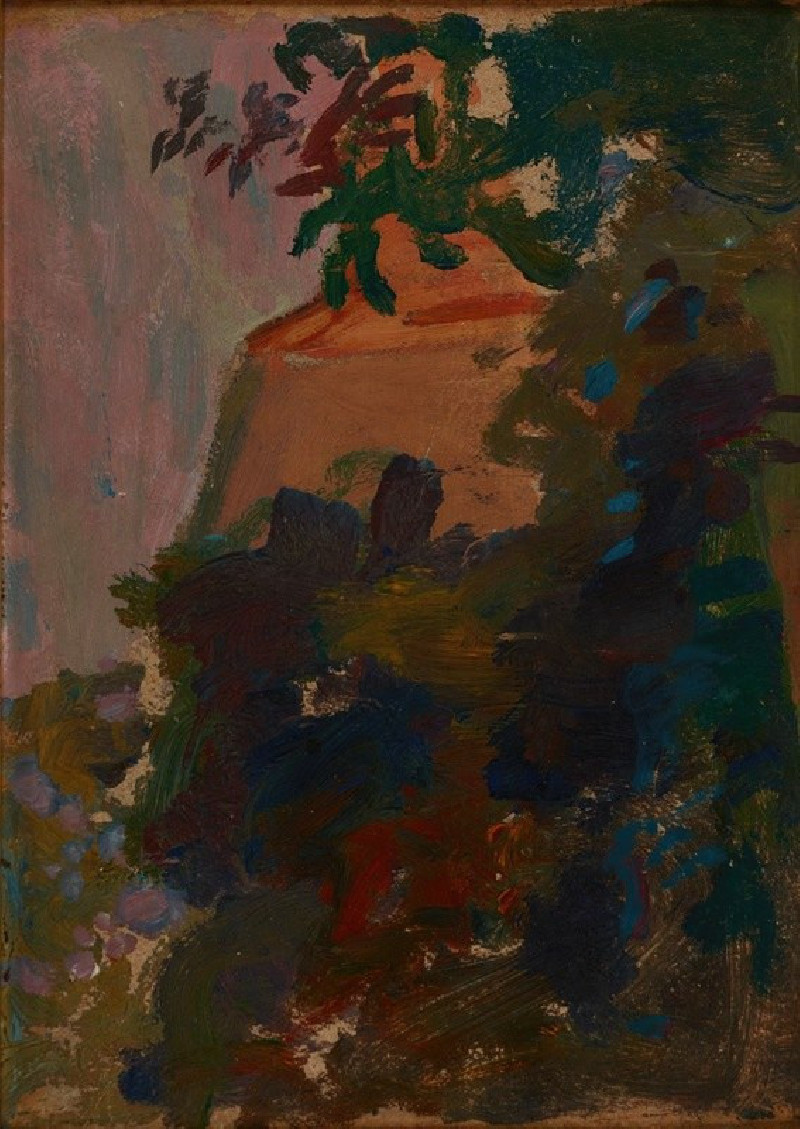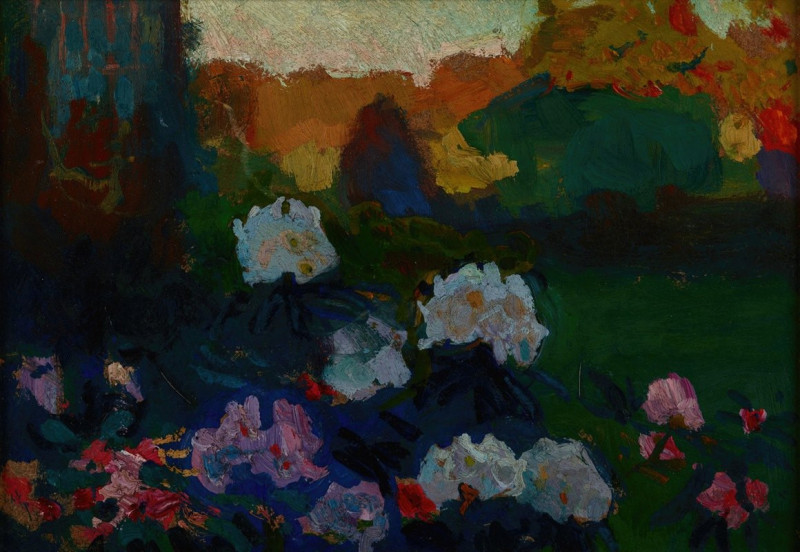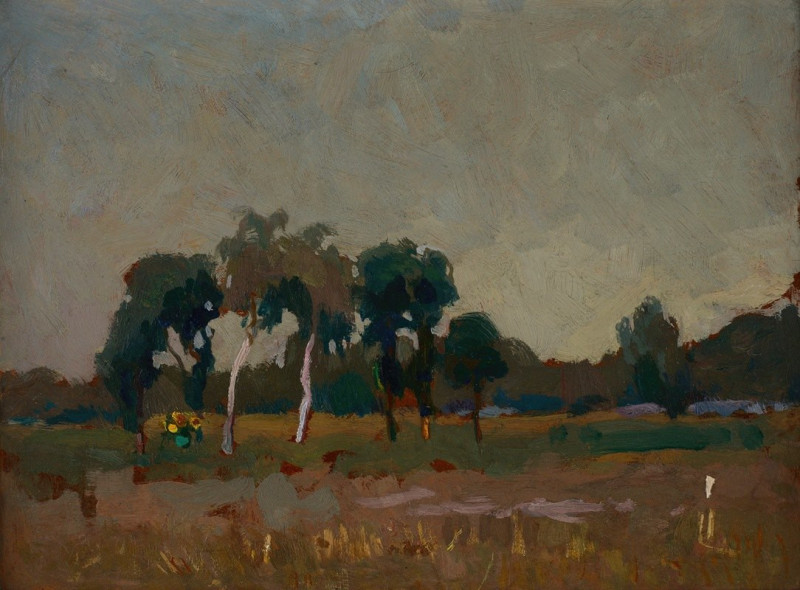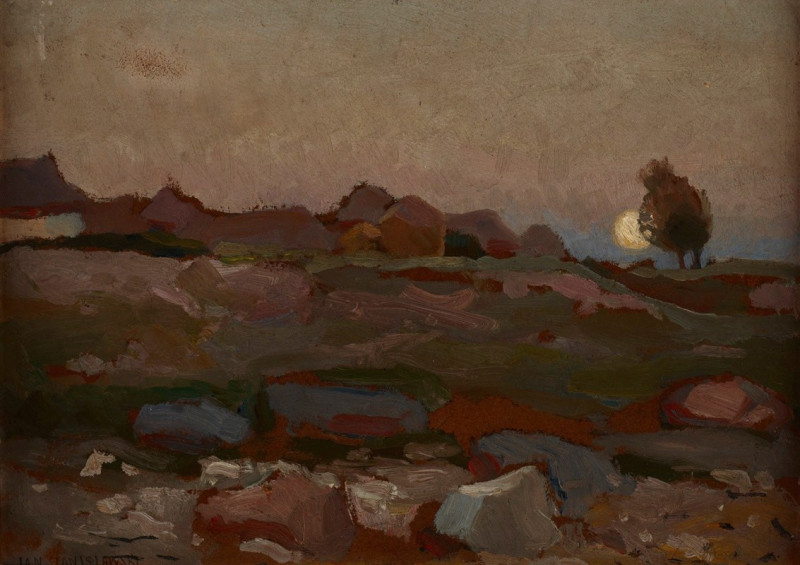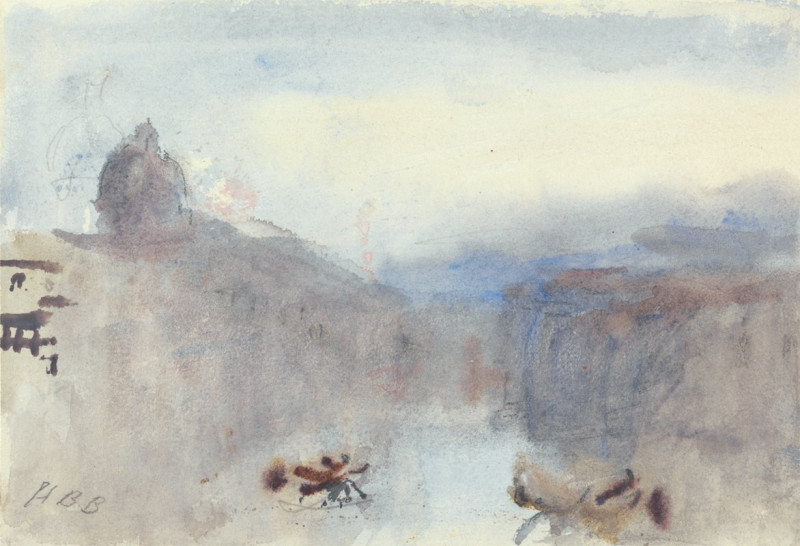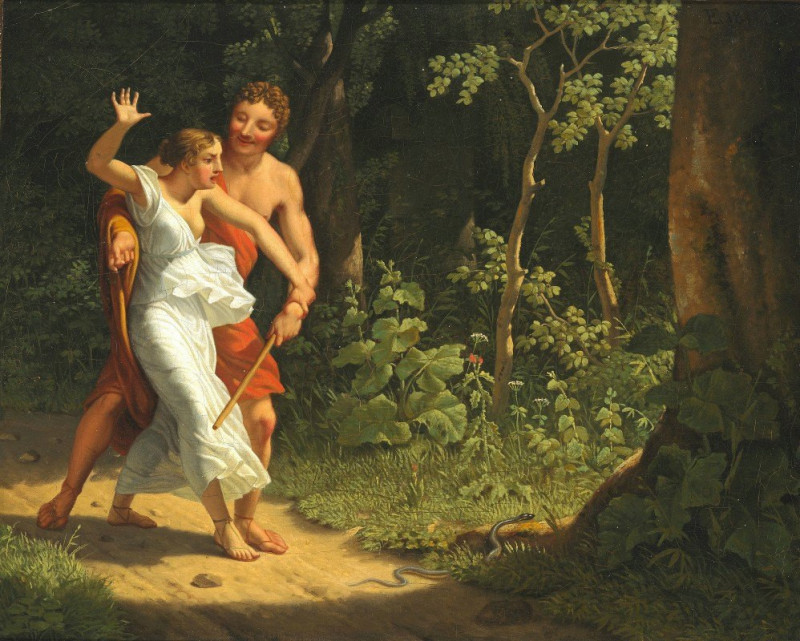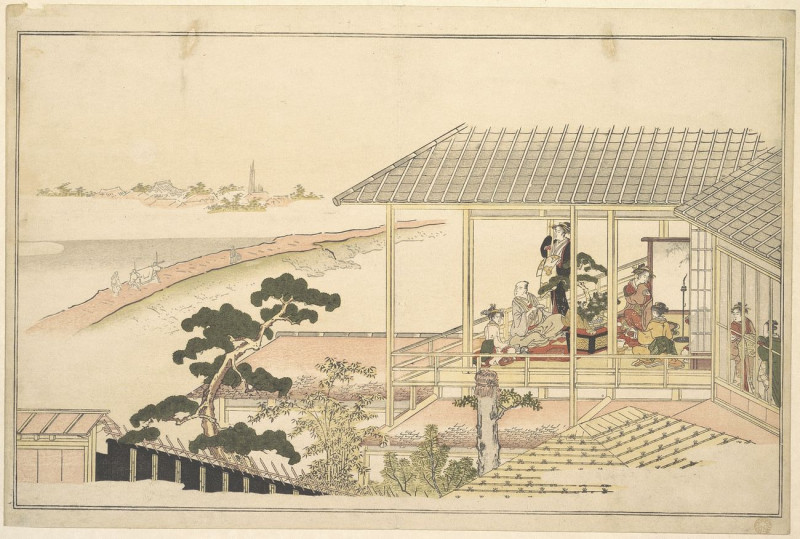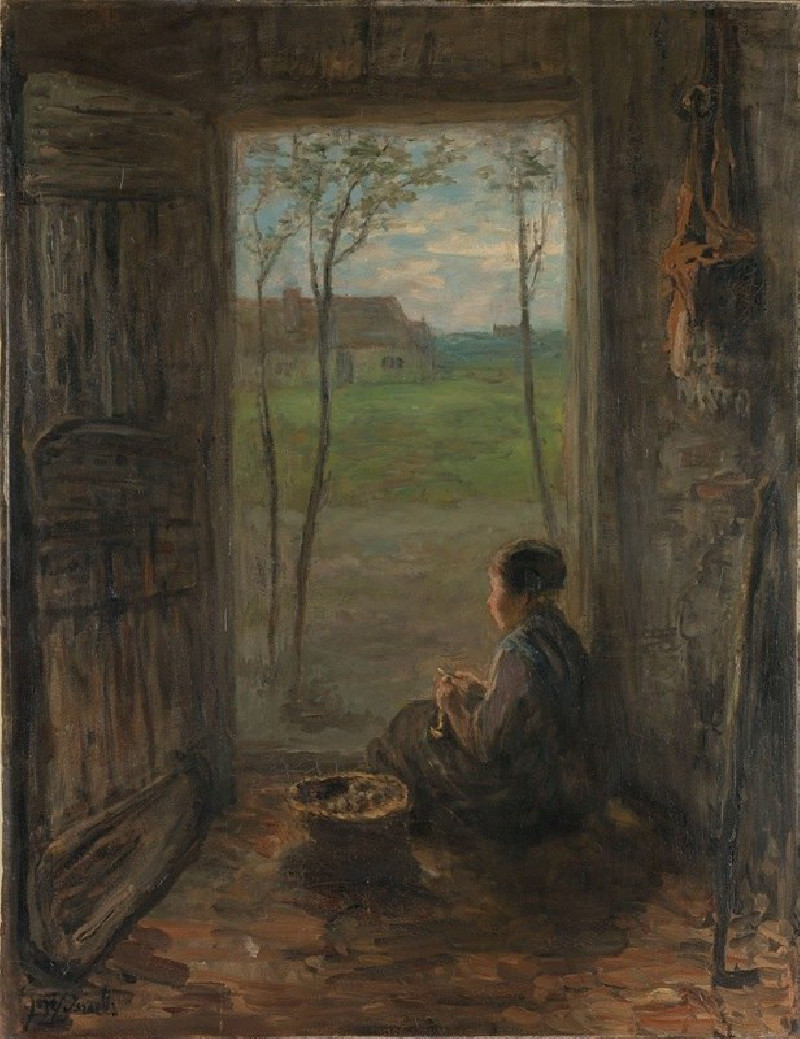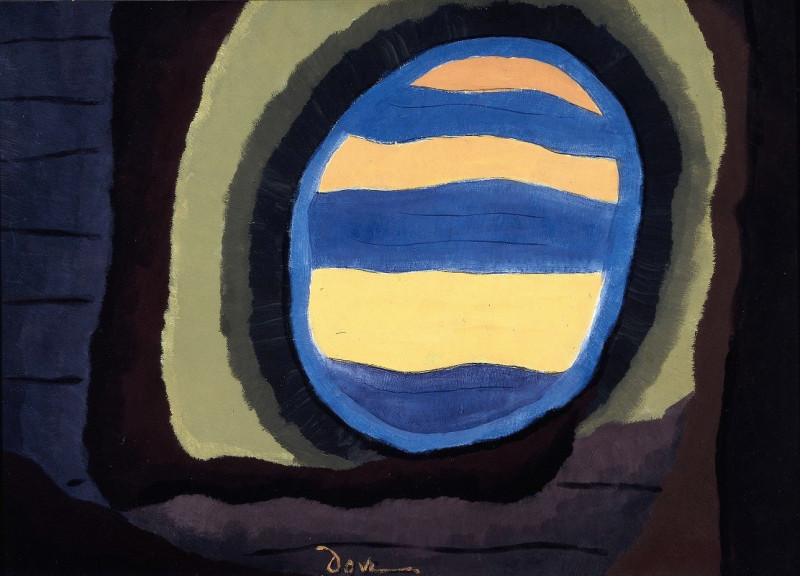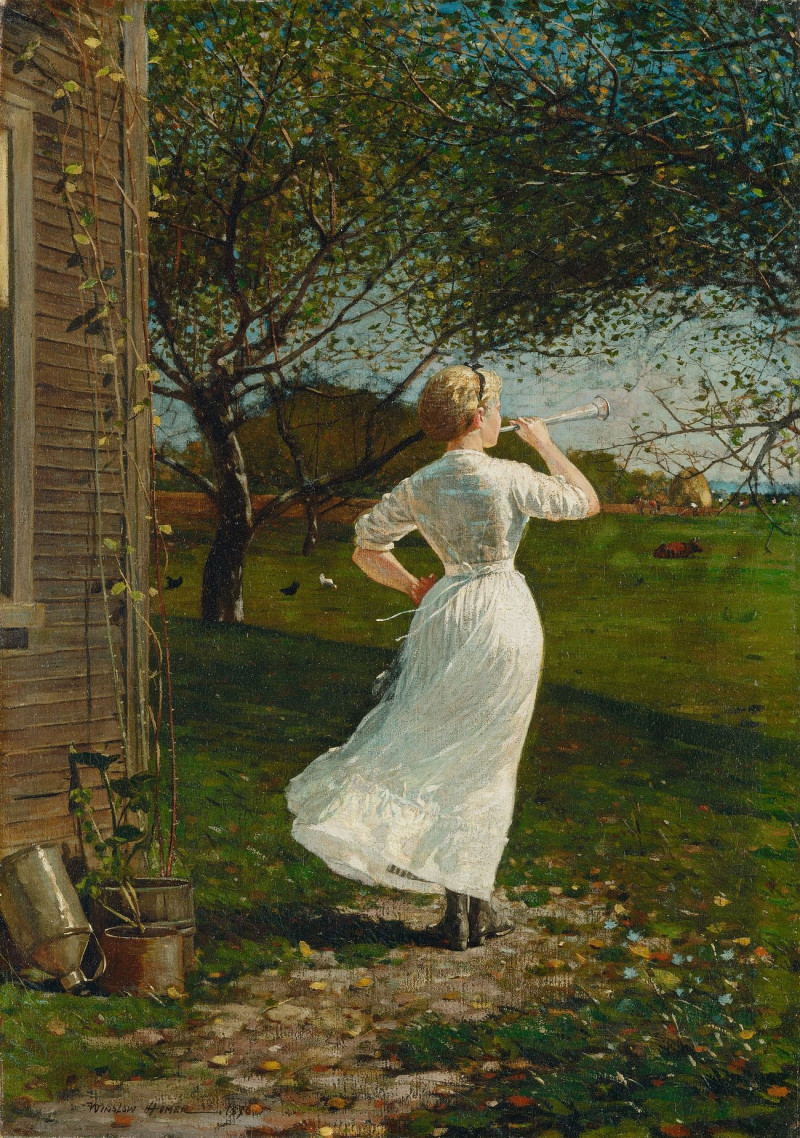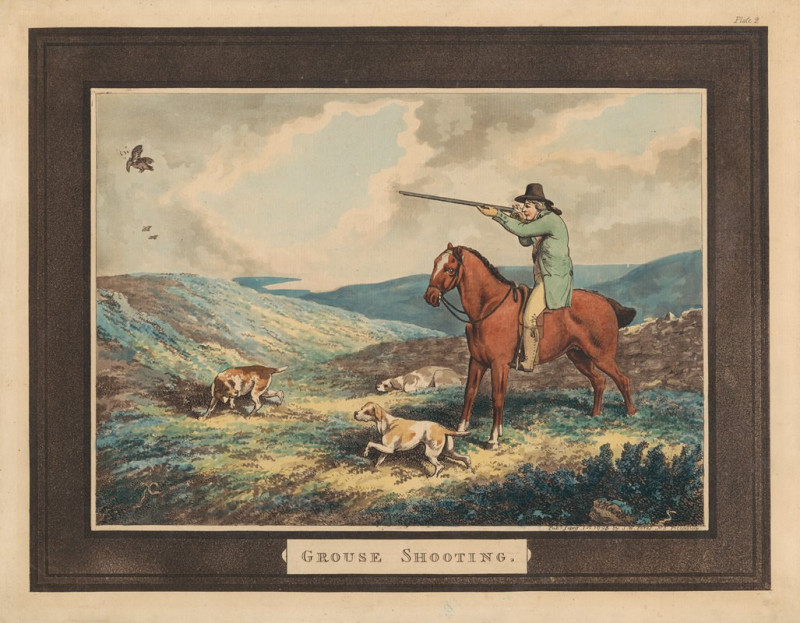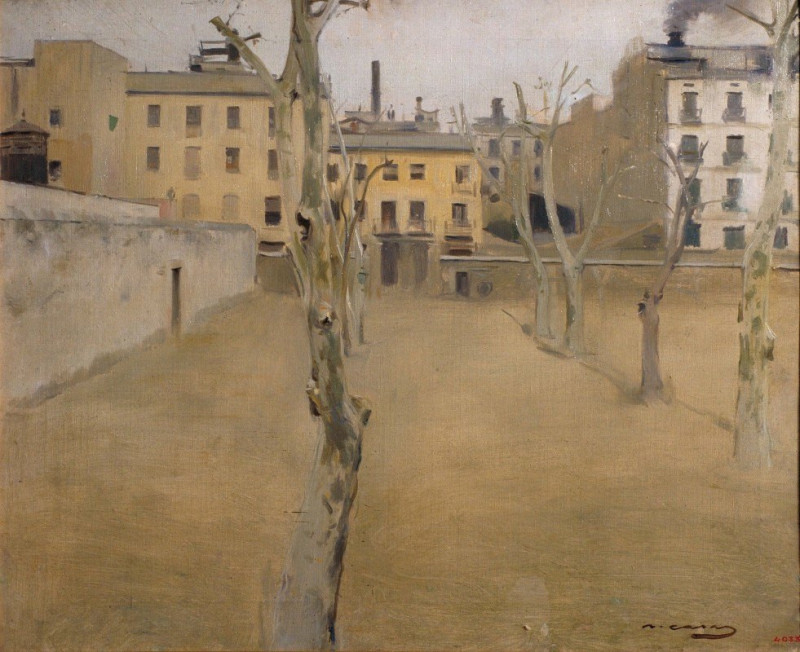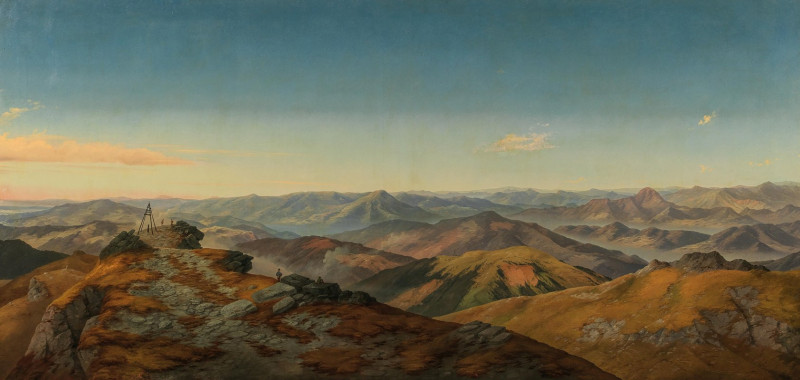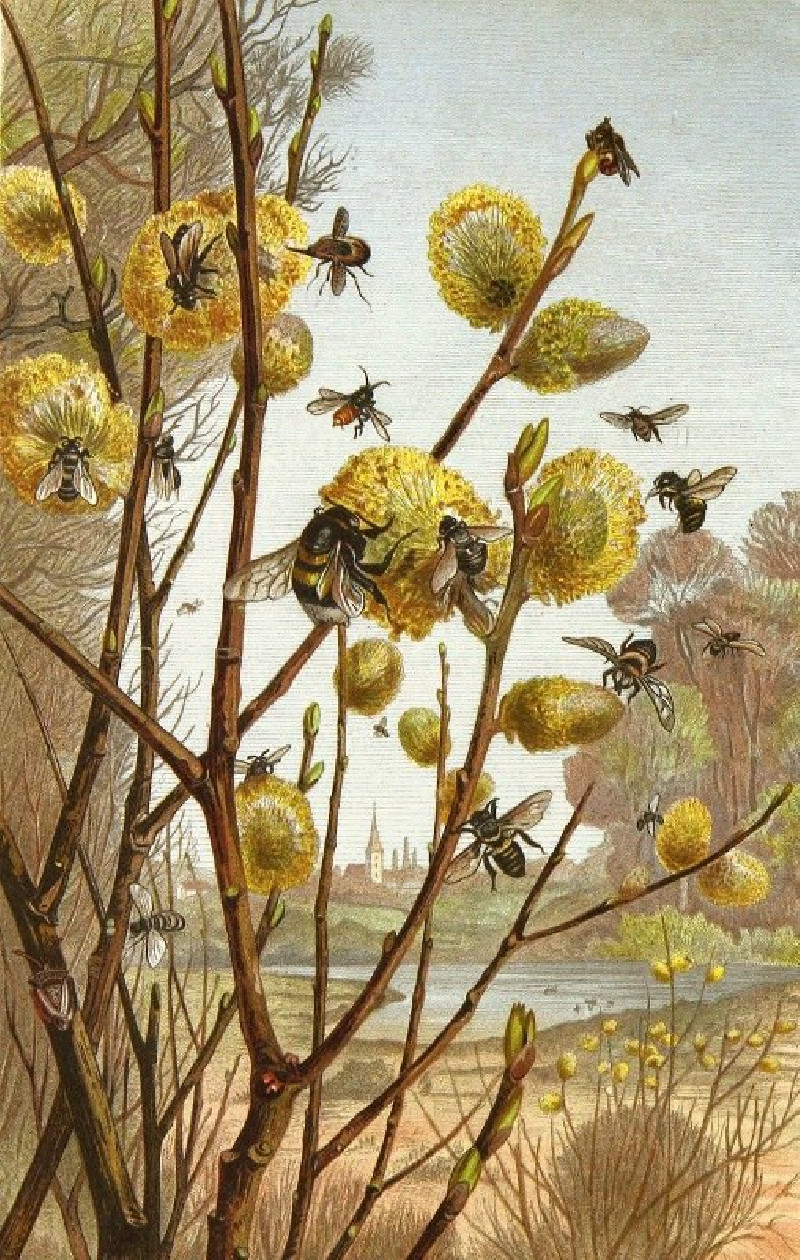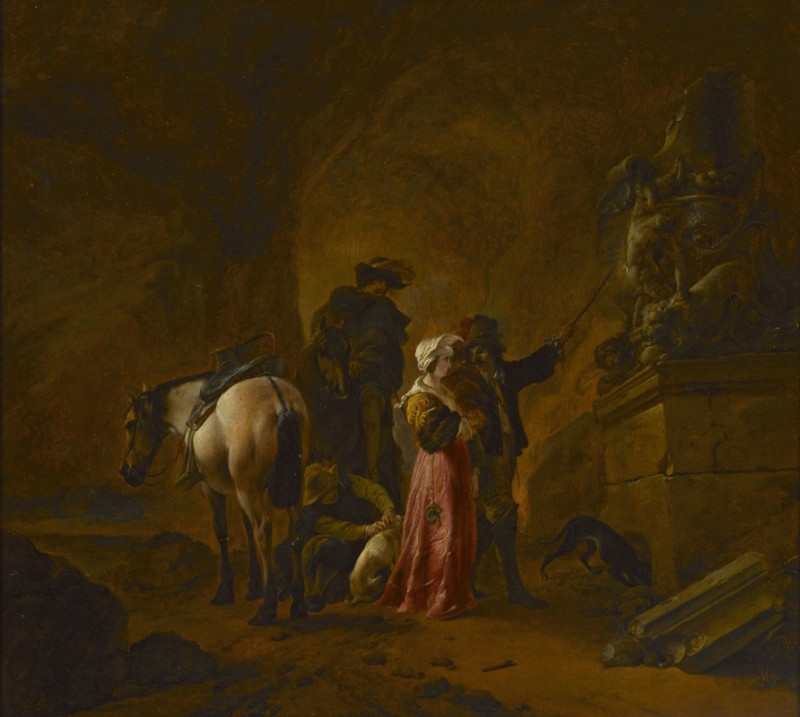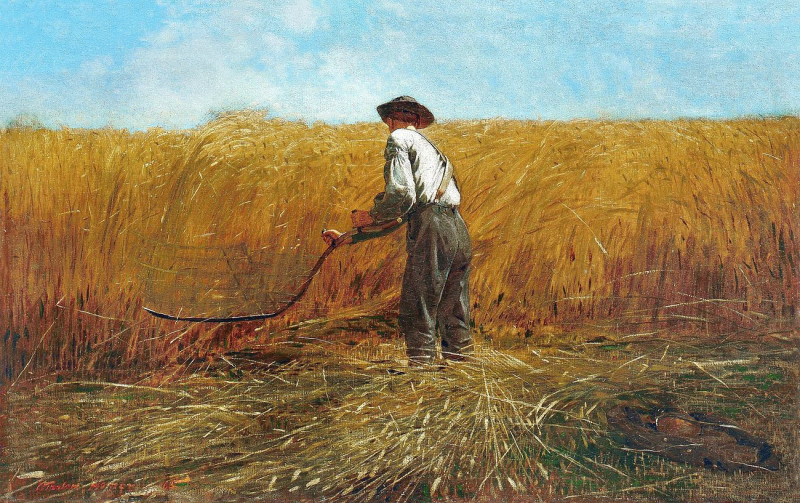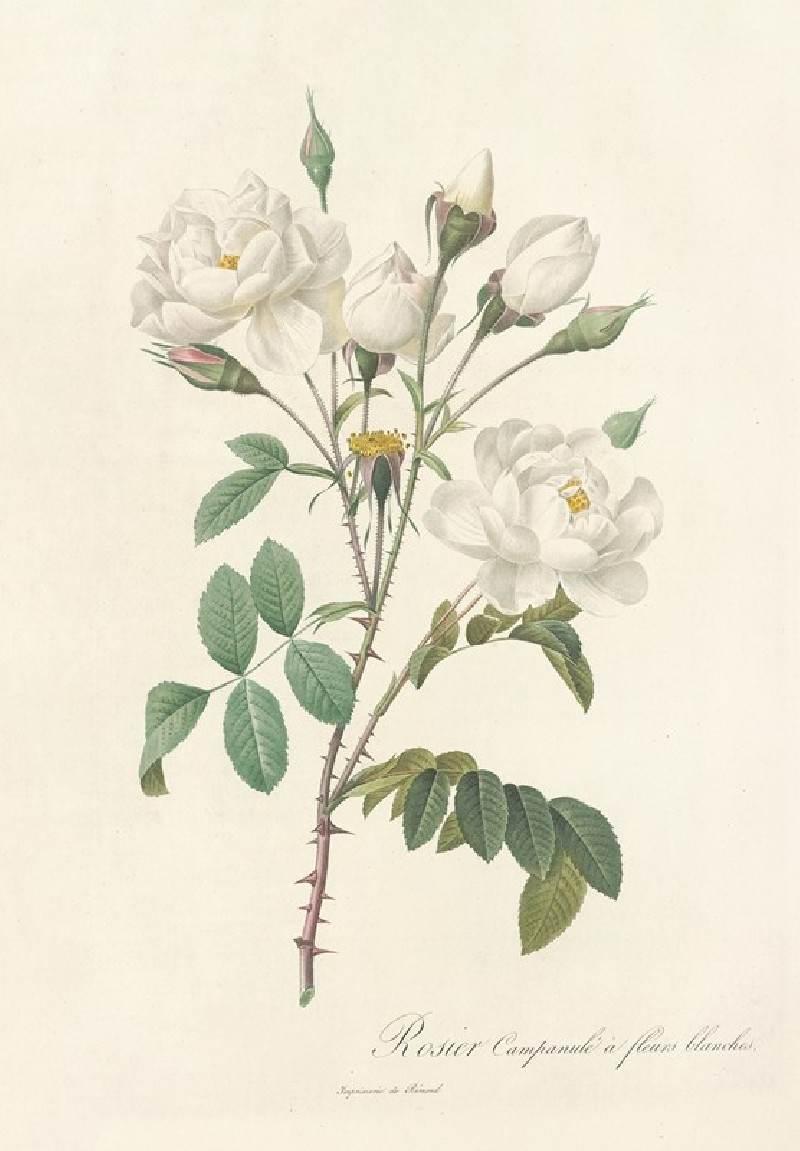Poplars (1901)
Technique: Giclée quality print
Recommended by our customers
More about this artwork
Jan Stanisławski's "Poplars" (1901) is a poignant example of the artist's unique approach to color and form, presenting a landscape that is both evocative and deeply atmospheric. In this vertical composition, the bold silhouettes of poplar trees dominate the upper half of the painting, their richly textured canopies billowing against a sky streaked with hues of red and pink. The lower portion of the piece reveals a tranquil body of water, rendered with a dynamic reflection that echoes the colors and forms in the sky.Stanisławski’s distinctive use of color gradients and abstract shapes transforms a simple scene of trees and water into an intense, almost dreamlike vista. The vivid red and pink tones suggest the warmth of sunset or the electric charge of an impending storm, creating a scene that feels both timeless and fleeting.With its strong organic lines and compelling use of color contrasts, "Poplars" is more than just a depiction of nature; it is an invitation to experience the emotional and sublime qualities of the landscape anew through the artist's visionary lens.

